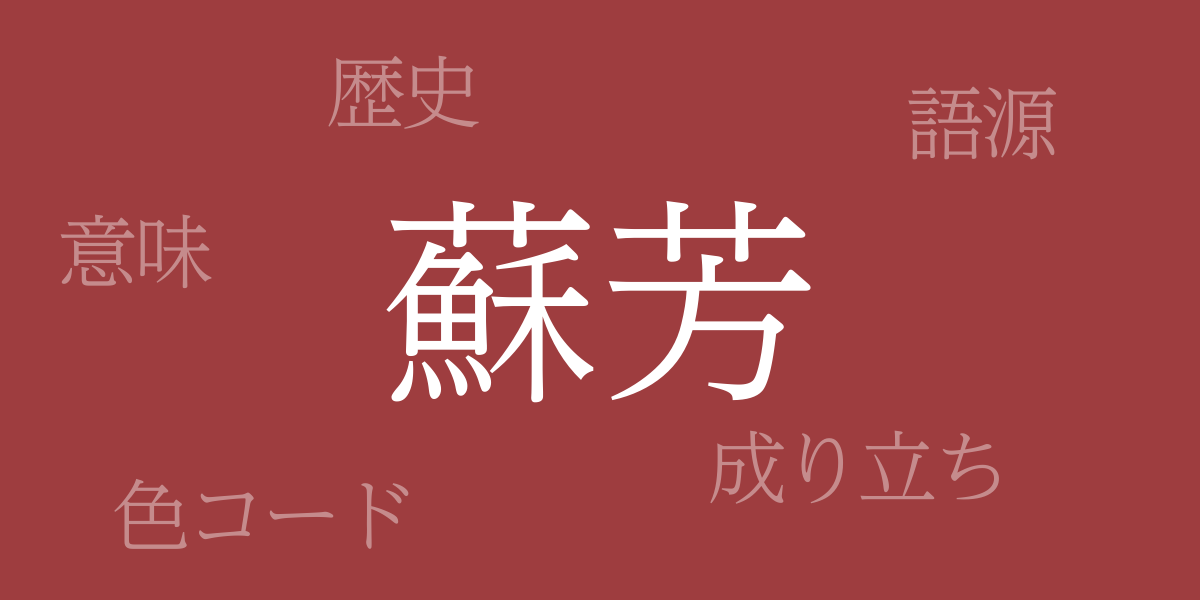Japan’s traditional colors continue to captivate people worldwide with their unique beauty. Among them, ‘Suo (蘇芳)’ stands out with its deep red hue, deeply embedded in Japan’s nature and culture. This article explores the allure of Suo, detailing its rich history, color codes, and Western names, making it a must-see color for those interested in design, art, and Japanese traditions.
About Suo (蘇芳)
Suo (蘇芳) is a color derived from natural dyes made from safflower and pomegranate (ざくろ), used in Japanese dyeing since ancient times. This color is characterized by its calm and deep red, traditionally used in prestigious kimonos and Japanese paintings. Suo is one of the colors that evoke the Japanese seasons and has been celebrated in many literary works and poems.
The History of Suo
The history of Suo dates back to ancient times, with records of its use as early as the Nara period. It became popular among the aristocracy during the Heian period and was widely used among samurai in the Muromachi period. By the Edo period, Suo dyeing had spread among the common people, appearing in firemen’s coats (はんてん) and other garments. Respected as a traditional Japanese color through the Meiji period and beyond, Suo continues to be cherished by many today.
Color Codes for Suo
To reproduce the color of Suo in digital designs and web production, the following color codes are essential:
- HEX: #9E3D3F
- RGB: R:158 G:61 B:63
- CMYK: C:44 M:88 Y:76 K:8
Western Name for Suo
The Western name for Suo is ‘Madder Red.’ This name derives from the Western dye ‘madder,’ known for producing a similar deep red color, and reflects the resemblance to Suo’s rich red shade. Madder Red is also referenced in the interior and fashion industries for its sophisticated hue.
Summary on Suo
Suo occupies a significant place among Japan’s traditional colors due to its historical significance and profound red shade. Understanding the significance of this color enriches cultural and historical knowledge. In design and art, utilizing the color codes of Suo allows incorporation of traditional Japanese beauty into various creations. Hopefully, this article serves as a gateway to rediscovering the allure of Suo.

























